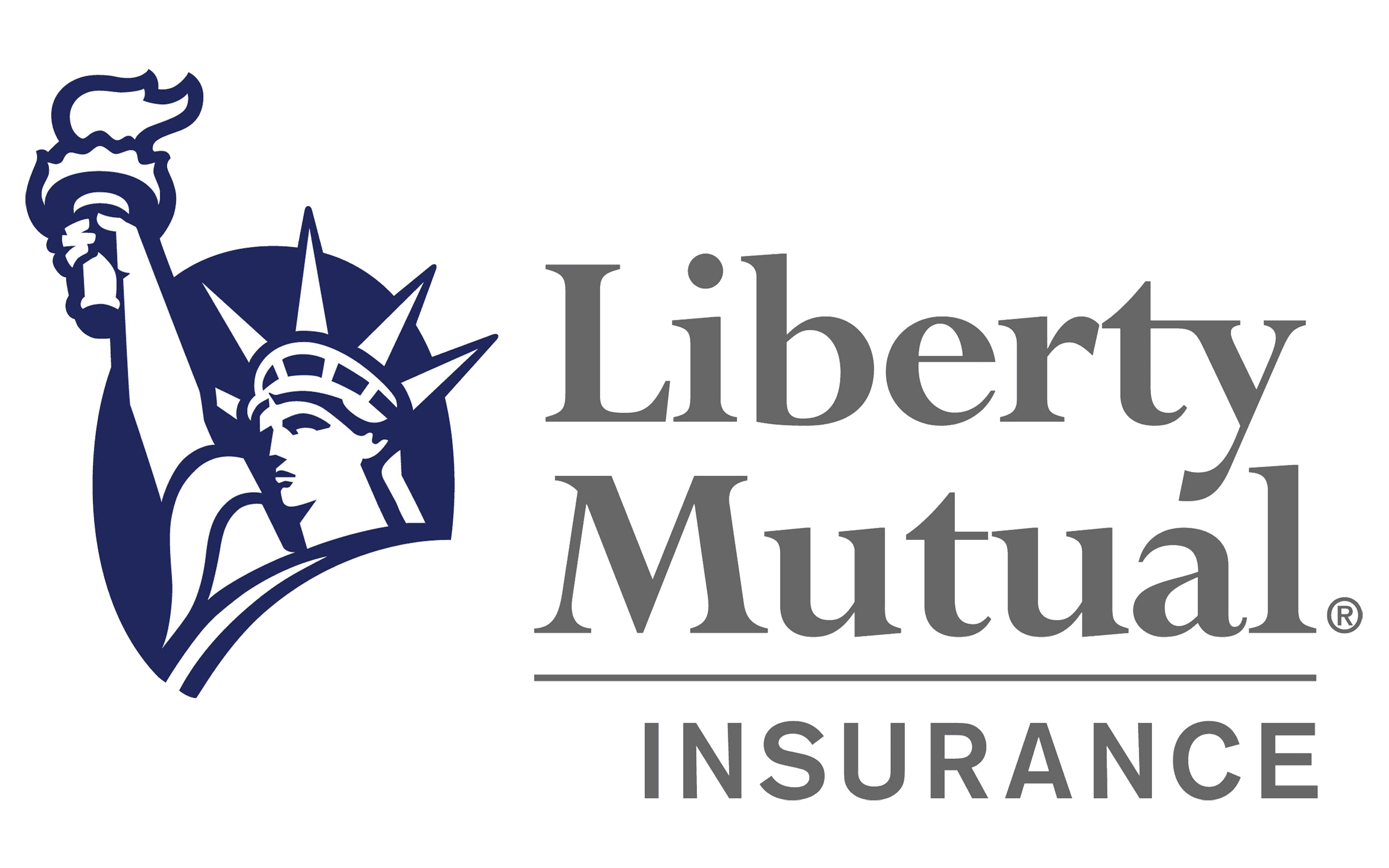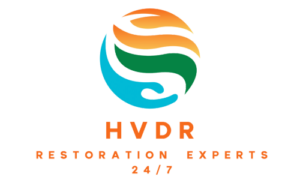OUR RESTORATION PROCESS FOR WET DRYWALL DAMAGE
Initial Assessment and Inspection
The restoration team begins by conducting a thorough inspection to determine the extent of the wet drywall damage. Using moisture meters and infrared cameras, we identify not only the visible damage but also any hidden moisture behind the walls or in adjacent areas like ceilings and floors. This assessment helps create a detailed plan for the restoration process.
Source of Water Leak Detection and Repair
Identifying and stopping the source of the water leak is crucial to prevent further damage. Whether it’s from a plumbing leak, roof damage, or flooding, the team takes immediate action to fix the problem. If necessary, a plumber or contractor may be brought in to repair the leak before continuing with the restoration.
Water Extraction and Moisture Removal
Any standing water or excess moisture in the area is removed using high-powered pumps, vacuums, or specialized water extraction tools. This step ensures that the surrounding areas, such as floors and baseboards, are dry before the drying process for the drywall begins. Proper extraction helps limit the spread of water to other parts of the home.
Drying and Dehumidification
Industrial fans and dehumidifiers are placed around the affected area to thoroughly dry the wet drywall. This process may take several days, depending on the extent of the moisture. Continuous monitoring using moisture meters ensures that the drying process is thorough and that no hidden moisture remains, which could lead to mold growth.
Removal of Damaged Drywall
In cases where the drywall is severely damaged, sections of it may need to be removed. Wet drywall that is sagging, stained, or crumbling is cut away and discarded. The team ensures that only the damaged portions are removed, minimizing the disruption to the home while preventing further structural issues.
Mold Prevention and Treatment
If moisture has been present for an extended period, mold growth can occur on or behind the drywall. The team applies antimicrobial treatments to prevent mold from forming. If mold is detected, a mold remediation process is conducted, which involves safely removing any moldy materials and treating the area to prevent future growth.
Repair and Replacement of Drywall
Once the area is dry and mold-free, new drywall is installed to replace the sections that were removed. The restoration team ensures that the new drywall matches the existing structure, blending seamlessly with the rest of the wall or ceiling. We also reinstall any insulation that may have been damaged by the water.
Cleaning and Sanitization
The entire affected area is thoroughly cleaned and sanitized to remove any contaminants or debris caused by the water damage. This step ensures the space is safe for occupancy and free from any health hazards like mold or bacteria that may have resulted from the water intrusion.
Final Inspection & Monitoring
The restoration team conducts a final inspection to ensure the repair work is complete and that all moisture has been effectively removed. Moisture levels are checked one last time to confirm that the drywall and surrounding areas are fully dry and safe. Any additional issues are addressed before the restoration is considered complete.
Insurance Documentation and Support
Throughout the process, the restoration company provides detailed documentation, including photos of the damage, repair estimates, and records of work completed. This information is shared with the homeowner’s insurance company to assist with claims and ensure proper compensation for the restoration work.
Signs of Wet Drywall
A wet drywall can be a sign of a much larger damage within your property. Once signs of a wet drywall manifest, you must act fast to mitigate the damage and start the restoration process as quickly as possible. In some cases, depending on the cause, the damage may be covered by your insurance policy.
Common Causes of Wet Drywall
WHAT OUR CUSTOMERS SAY ABOUT US
We Work With Major Insurance Companies Including:




















FREE QUOTE
Do you need help with damage clean up and/or restoration? Fill out this form to get in touch.
OFFICE LINE
1.800.555.6789
EMERGENCY
1.800.555.0000
WORKING HOURS





